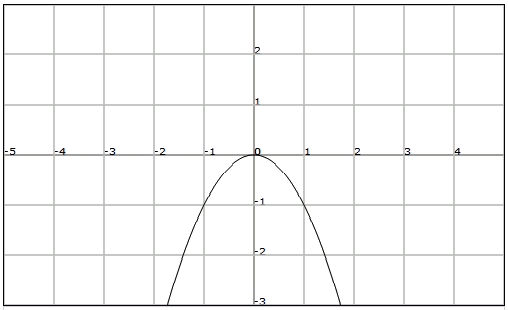Observe the following function:

We observe in the interval , when increases the value of also increases. We say then that the function is increasing in the interval .
A function is strictly increasing in an interval of its domain if it is verified of and ,belonging to the above mentioned interval, that:
On the other hand, in the interval , in the previous graph, we see that as the value of increases that of decreases. In this case we say that the function is decreasing.
A function is strictly decreasing in an interval of its domain if and , which to the above mentioned interval, give:
If a function is only increasing or decreasing in an interval of its domain we say that the function is monotonic in that interval.
Although we have defined increasing and decreasing functions in an interval, we can also define increasing or decreasing functions:
A function is increasing in an interval of its domain if and , each belonging to the above mentioned interval, satisfy:
A function is decreasing in an interval of its domain if and , each belonging to the above mentioned interval, satisfy:
Note that the difference between these definitions is that the latter allows the possibility that .

